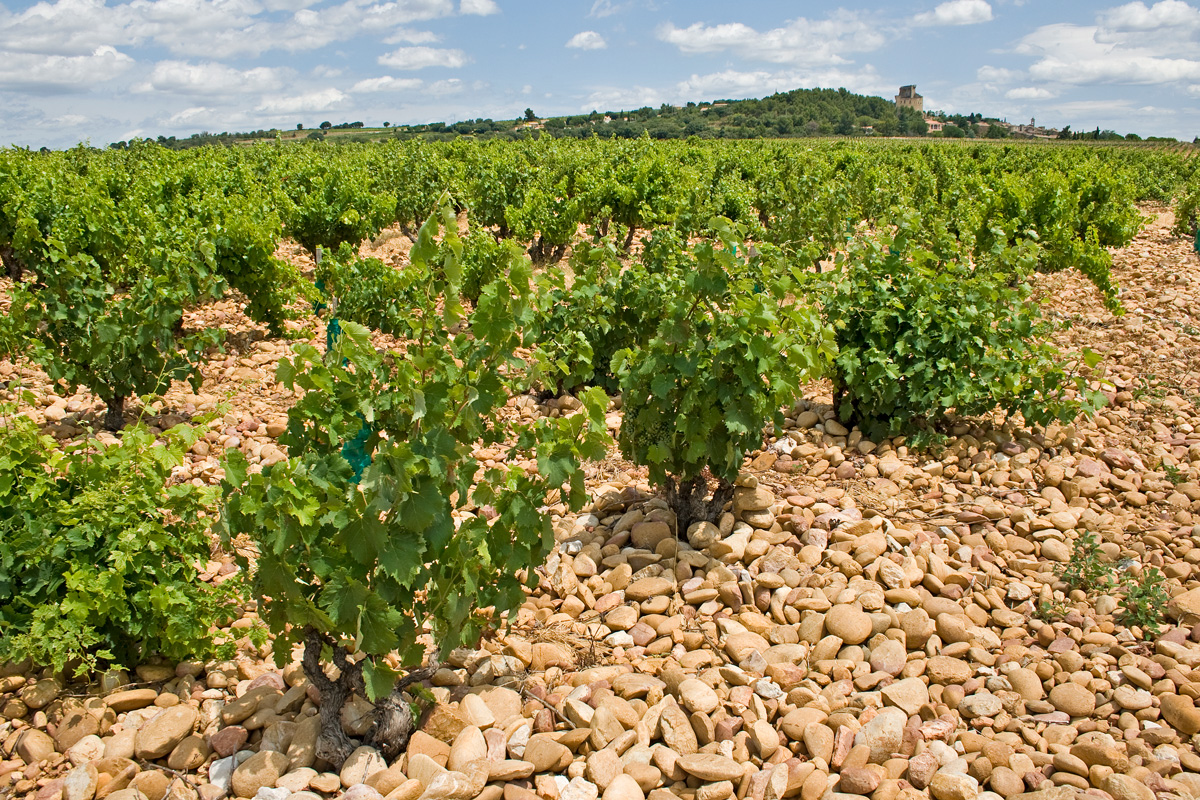
Wine Culture Magazine

Soil scientist Scott Smith prepares a field monolith in a B.C. vineyard. This allows him to identify layers of soil in preparation for defining the region’s Geographical Indications. Supplied photo
Timing can be everything and it seems fortuitous that Scott Smith retired from his role as a soil scientist with the Summerland Research and Development Centre in 2017, so he could then start mapping out the vinous landscapes of the province.
Following his work on the boundaries of the Golden Mile Bench, B.C.’s first sub-GI (Geographical Indication) within the Okanagan Valley, and with the recently published report from the BC Wine Appellation Task Group championing the development of sub-regions, it was perfect timing for Smith to get out from behind his desk and get his boots dirty again. “I’ve been mapping soils and ecosystems for over 40 years, so this kind of work is a good fit for me,” he says.
Smith has been a busy man since grinding out that first sub-GI. He has now helped to define the four new wine regions of Lillooet GI, Thompson Valley GI, Shuswap GI and Kootenays GI as well as the Okanagan sub-GIs of Okanagan Falls GI, Naramata Bench GI and Skaha Bench GI and the Vancouver Island sub-GI of Cowichan Valley. Many more sub-GIs are in the works, too, with Smith diligently drawing lines in the dirt to capture the unique characteristics of sub-regions in Kelowna, Lake Country, Summerland and the south Okanagan.
So how does a sub-GI get identified? “It’s industry driven. A group of wineries and vineyard owners come to me with a concept for a sub-GI,” says Smith. “I then take that concept and try to find natural landscape features (escarpments, watersheds, geological changes, slope angles) to place a boundary that fits that concept.” This all sounds pretty simple, but Smith has to work with few guidelines. “It’s based on science and the challenge of placing meaningful, defensible boundaries. It doesn’t always work out exactly as the proponent group had planned, but close.”
Basing sub-GIs on science, versus municipal or district boundaries, is important if these regions are to have any longevity and actually start to tell their story by making distinctive wines unique to the place.
Take Summerland as an example. “There are vineyards on the lakeshore at 340 metres elevation and others at 650 metres and a multitude of different soil types, slope aspects and local climates,” says Smith. In the end, more than one sub-GI will need to be created and still some wineries traditionally associated with the municipality are going to be left out.
What is the point? The goal of sub-GIs is that over time certain grapes or styles will shine within the region. They will build an enviable reputation for distinctive wines, vineyards will be replanted to these more successful varieties and the reputation for quality will soar. “There is an argument for larger, inclusive regions, but I think the smaller, more refined, landform-specific sub-GI units are more relevant to viticulture,” says Smith.
Discovering the elusive combination perfectly matching grape, place and style isn’t something that will happen overnight, but Smith is optimistic it is worth it. “It’s all about how the land surface and landscape position interact with the regional climate,” he says. “Hopefully, down the road we will see some units [sub-GIs] performing well for certain varieties, making distinctive wines. This will play out over the next 10 to15 years or longer and only time will tell.”

The galets roulés of Chateauneuf-du-Pape in France. Getty Images photo
Here are some of the distinctive soils of the world’s most famous wine regions.
Bordeaux, France (Right Bank): Sedimentary, high-acid, rock-based clay.
Bordeaux, France (Left Bank): Siliceous gravel soil that forces vines to dig deep for nutrients.
Burgundy, France (especially Chablis): Kimmeridgian soil, a type of fossil-rich limestone, also found in the Loire Valley and Champagne.
Châteauneuf-du-Pape, France: Limestone, red-sandstone clay, sand and, most famously, the large, heat-seeking rolled pebbles known as galets roulés (see image above).
Coonawarra, Australia: Terra rossa, aka “red earth,” a rich, red, loamy soil over limestone, considered to produce excellent Cabernet Sauvignon.
Loire Valley, France: Silex, a flint-and-sand-based soil formed from clay, limestone and silica; the preponderance of flint is said to create a “gun-flint” aroma in the wines of Pouilly-Fumé.
Mosel, Germany: Slate, a platelike, heat-retaining rock formed when shale, clay or siltstone undergoes deep pressure underground.
Napa Valley, California: At least 33 soils (with more than 100 variations) can be found in Napa, ranging from gravelly and loamy to thin and rocky.
New Zealand: Greywacke, a sedimentary soil comprising quartz and feldspar, deposited by rivers, also found in Germany and South Africa.
Piedmont, Italy: Marl, a type of calcareous clay-based soil said to add acidity to wine.
Priorat, Spain: Llicorella, a mix of slate and quartz that is porous, well-draining and ideal for growing Syrah, Garnacha and Carignan.
Tuscany, Italy: Galestro, a type of mineral-rich schist-based soil.

Rhys Pender is a Master of Wine who combines his time writing, judging, teaching, consulting and dirtying his boots at his four-acre vineyard and winery, Little Farm Winery, in the Similkameen Valley.

Rhys Pender is a Master of Wine who combines his time writing, judging, teaching, consulting and dirtying his boots at his four-acre vineyard and winery, Little Farm Winery, in the Similkameen Valley.
Copyright © 2025 - All Rights Reserved Vitis Magazine